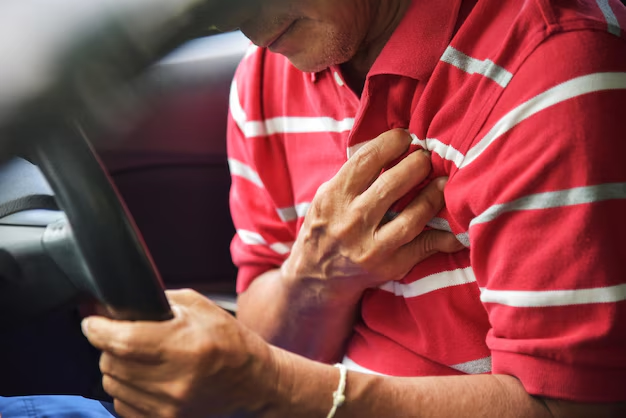Understanding Pulmonary Arterial Hypertension: What You Need to Know
Pulmonary Arterial Hypertension (PAH) is a complex vascular disease that often goes unnoticed until it severely impacts the quality of life. Imagine trying to breathe through a straw while running a marathon—that's what simple tasks feel like for those with PAH. It's a rare but serious condition where the blood pressure in the pulmonary arteries (the vessels that carry blood from your heart to your lungs) rises far above normal levels. This increase strains the heart and can eventually lead to heart failure if left untreated.
What Causes Pulmonary Arterial Hypertension?
PAH can occur due to a myriad of reasons. Sometimes, it's idiopathic, meaning its cause is unknown. At other times, it can be associated with other conditions such as congenital heart defects, liver disease, or connective tissue disorders like scleroderma and lupus. Genetics also play a significant role, and a family history of pulmonary hypertension can increase your risk.
Recognizing the Symptoms
Spotting the symptoms early can make a huge difference in managing PAH. Common symptoms include:
- Shortness of breath, especially during physical activities
- Fatigue and lethargy
- Chest pain or palpitations
- Lightheadedness or fainting spells
- Swelling in the ankles and legs
These symptoms can be quite subtle initially, often leading people to attribute them to aging or a sedentary lifestyle. However, if you experience these persistently, it's crucial to seek a medical evaluation.
Managing Pulmonary Arterial Hypertension
Treating PAH involves a comprehensive approach. Medications can help relax blood vessels, improve heart function, and reduce symptoms. Patients might be prescribed:
- Endothelin receptor antagonists
- PDE-5 inhibitors
- Prostacyclin analogs
In severe cases, surgical options like atrial septostomy or even a lung transplant might be considered. Lifestyle changes, such as maintaining a healthy weight, following a low-sodium diet, and engaging in light exercise, can also play vital roles in management.
Navigating Financial and Educational Resources
A diagnosis like PAH can drastically change one's life, often leading to increased medical expenses and sometimes affecting your ability to work. Fortunately, there are several financial and educational resources available to help those in need:
- Government Aid Programs: Programs such as Medicaid and Medicare can provide essential coverage for treatment costs. Additionally, Social Security Disability Insurance (SSDI) might be an option for those unable to work due to health issues.
- Financial Assistance: Non-profit organizations often provide grants or subsidies to help cover the cost of medications not covered by insurance.
- Debt Relief Options: Speaking with a financial advisor to explore options like debt consolidation or restructuring can alleviate some financial pressures, allowing you to focus on your health.
- Credit Card Solutions: Some credit cards offer no-interest periods or medical expense coverage benefits. Researching these can assist in managing short-term medical costs.
- Educational Grants: If PAH has affected your educational or career trajectory, look into scholarships and grants designed to support individuals with chronic conditions.
Ensuring financial stability while managing a condition like PAH can be challenging, but these resources can provide significant relief, supporting you or your loved ones on the road to improved health and quality of life.
Resources at a Glance
📑 Government Aid Programs
- Medicaid
- Medicare
- SSDI
💸 Financial Assistance
- Non-profit grants and subsidies
🔄 Debt Relief Options
- Debt consolidation
- Financial advisor consultations
💳 Credit Card Solutions
- No-interest and medical expense coverage cards
🎓 Educational Opportunities
- Scholarships for chronic condition management
Facing PAH is undoubtably daunting, but you're not alone. With the right combination of medical, financial, and community support, managing the condition becomes a shared journey—where hope and help are just around the corner.

Related Topics
- a 66 Year Old Female With a History Of Hypertension
- Are Eggs Bad For Hypertension
- Are Eggs Good For Hypertension
- Are Endocrine Disorders Causing Hypertension Rare
- Can Adderall Cause Hypertension
- Can Alcohol Cause Hypertension
- Can Allergies Cause Hypertension
- Can Anemci People Get Hypertension
- Can Anemia Cause Hypertension
- Can Antibiotics Cause Hypertension